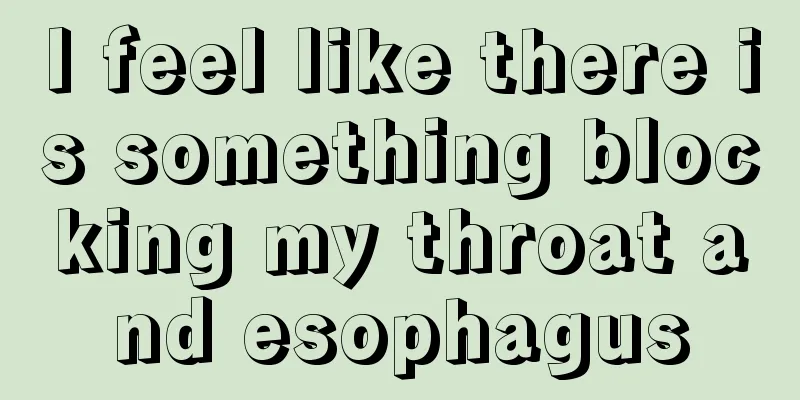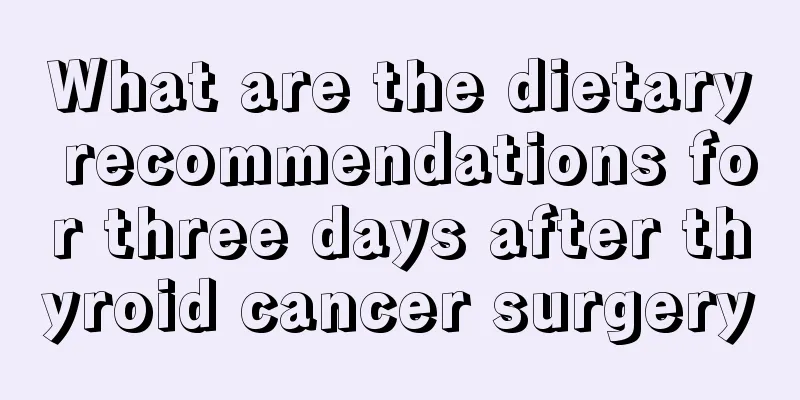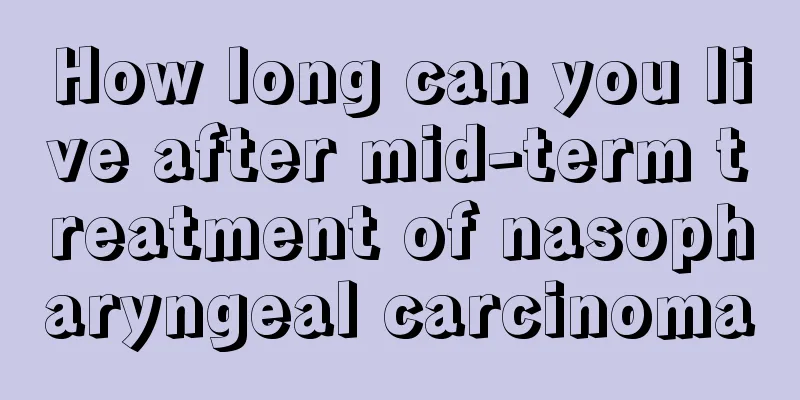How to treat allergic purple palace

|
The most obvious symptom of purpura is the appearance of small blood spots of varying sizes under the skin. Therefore, when patients find small blood spots under the skin, they should consider whether they have purpura. There are many types of purpura. In addition to congenital hereditary purpura, there is also allergic purpura. Allergic purpura often occurs in children. What measures should be taken to treat it? Treatment of Henoch-Schonlein Purpura After discovering that their child has Henoch-Schönlein purpura, parents need to take treatment measures immediately. First of all, it is necessary to clarify the treatment principles of Henoch-Schönlein purpura: 1. Try to eliminate allergenic factors. 2. Corticosteroids can be used for fever and arthritis, but they cannot prevent kidney invasion. Immunosuppressants can be added for patients with stubborn chronic nephritis. 3. Traditional Chinese Medicine: Treat based on syndrome differentiation and clinical symptoms of the disease. What medicine should be taken for allergic purpura? Children can also be treated by taking medicine: Anti-allergic drugs: Astemizole, Chlorpheniramine, Calcium Gluconate. Drugs that reduce vascular permeability: Anluoxue, rutin, and vitamin C. Platelet aggregation inhibitor: dipyridamole. Adrenal cortical hormones: hydrocortisone, prednisone (prednisone), dexamethasone. For patients with renal type or those who are not well treated with prednisone, immunosuppressants (such as cyclophosphamide, azathioprine and other chemotherapy drugs) are also used. In addition, parents can also choose compound rutin, calcium supplements, antihistamine preparations, etc. for treatment according to the cause of the child's illness. What to eat for allergic purpura Children suffering from Henoch-Schönlein purpura need not only medication but also pay close attention to their daily diet. Parents should do the following: 1. Stop eating foods that may cause allergies. Allergy is a major cause of this disease. Many foreign proteins can cause allergic purpura, including fish, shrimp, crab, eggs, milk, broad beans, pineapple, etc. Children with Henoch-Schonlein purpura should immediately stop eating foods that may cause allergies and avoid contact with suspected allergens. Once a food is found to be allergenic to a child, the child should be prohibited from eating this food for life, and the child should not use cooking utensils and tableware that have come into contact with this food. In addition, it is best not to feed children with Henoch-Schönlein purpura vegetables such as fresh flower buds that they have never tried before, because plant pollen is also a common allergen. 2. Eat more protein-rich foods. Children with Henoch-Schönlein purpura often suffer from anemia due to excessive bleeding, so they should eat more protein-rich and blood-enriching foods to supplement the body's needs. These mainly include lean meat, eggs, animal liver, kidney, spinach, tomatoes, kelp, seaweed, fungus, jujube and beans and their products. 3. Eat more foods rich in vitamin C. Vitamin C can reduce the permeability and fragility of capillaries. Eating more of it can help children recover. Foods rich in vitamin C include grapefruit, orange, tangerine, apple, lemon, strawberry, kiwi, tomato and various green leafy vegetables. 4. The diet should be light and nutritious. Prepare some nutritious and easily digestible food for your child. Avoid greasy food and do not overeat at each meal to avoid increasing the gastrointestinal burden and inducing or aggravating gastrointestinal bleeding. Those with severe abdominal pain or positive occult blood in stool should not eat liquid food, and those with obvious bleeding in the digestive tract should fast. People with kidney damage should limit their salt and water intake. 5. Eat less coarse grains. Children with Henoch-Schonlein purpura who have abdominal pain and bloody stools should eat a refined diet and try to avoid coarse food or food high in crude fiber, such as celery, rapeseed, bamboo shoots, pineapple, etc., which can damage the gastrointestinal mucosa and induce or aggravate gastrointestinal bleeding. 6. Avoid spicy food. These foods can induce or aggravate gastrointestinal bleeding in children and worsen the condition, so children should eat less or preferably not eat them. |
<<: How long does it take for hip lifting exercises to be effective
>>: The lowest position for anal preservation surgery
Recommend
Analysis of pathological characteristics of cervical cancer
Women are not unfamiliar with cervical cancer, bu...
Kidney Cancer Survival Rates and Prevention
Survival rate of kidney cancer. Many patients wan...
What is the function of Betahistine Hydrochloride Sodium Chloride?
Betahistine hydrochloride sodium chloride is a dr...
Can taking dandelion lower blood pressure?
Dandelion is a common plant in our daily life. Pe...
Normal body temperature range
Almost everyone has experienced a fever. No one l...
Poor appetite in late stage ovarian cancer
Wang, female, 76 years old. She had advanced ovar...
How to treat and prevent rhinitis
Rhinitis is very troublesome for many people. Man...
Constipation and unformed stools are even more terrible
Many people suffer from constipation and diarrhea...
How to clean tea stains on clothes
Many people like to drink tea, but the tea stains...
What are the steps for olive oil hair care
We all know that hair is very important to us. Wi...
How to treat HPV56 positive
Infection with the HPV virus is one of the causes...
Epidermal atrophy warning melanoma how to treat 3 methods to treat melanoma
What are the early symptoms of melanoma? When it ...
What kind of physical condition is sub-health
As the pace of social life continues to accelerat...
What are the early symptoms of lung cancer
What are the early symptoms of lung cancer? The e...
Early symptoms of throat cancer in women
The early symptoms of throat cancer in women are ...









